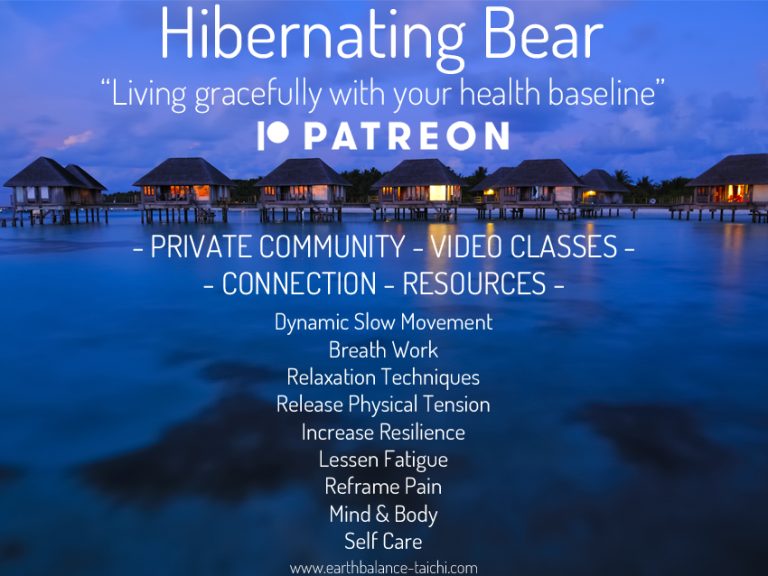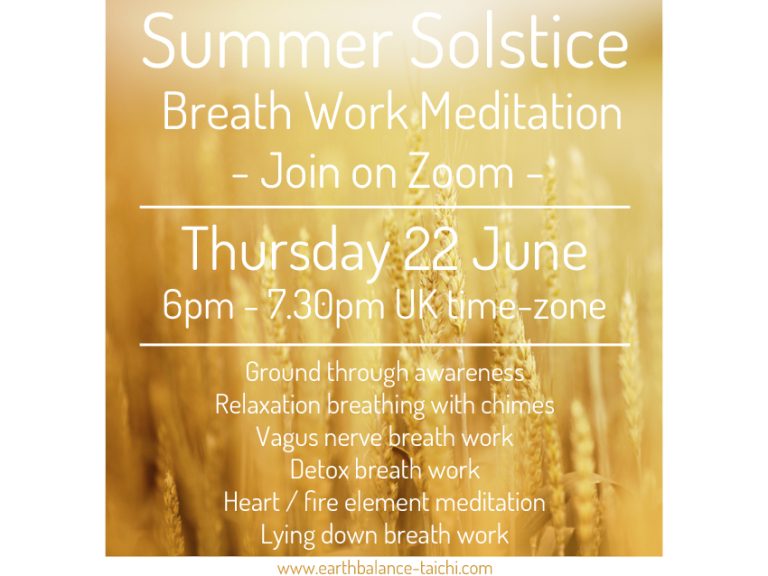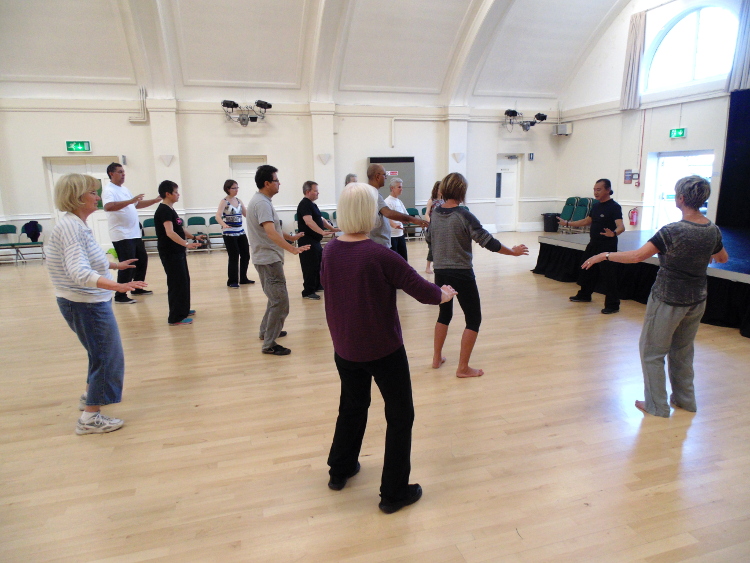Balancing Chronic Fatigue

Balancing Chronic Fatigue
Living with chronic fatigue means balance is needed across all activities to avoid favouring one particular task during a day or week and falling into the boom and bust cycle. This article will look at balancing chronic fatigue in your daily life to help limit the impact.
Across your daily routine, consider what types of activities you are doing.
- E.g. 30 minutes of home admin like banking, a left brain cognitive activity.
- E.g. two hours of excel spread sheet work at a screen, a left brain cognitive activity.
- E.g. one hour learning a new Tai Chi movement, a left brain cognitive and physical activity.
- E.g. 30 minutes of screen work doing online shopping, a left brain cognitive activity.
These four activities would not work so well together as they all use left brain thinking, which means completing them all within the same day is likely to take you past your left brain resources / baseline for that day.
What does balance look like?
First of all be sensitive to your baseline, plan for variety and respond to ebb and flow with grace. Here's an updated schedule with a variety of activities.
- E.g. 15 minutes lying down rest with soft breathing, a rest activity.
- E.g. one hour of excel spread sheet work at a screen, a left brain cognitive task.
- E.g. 10 minutes of flow state Qigong, a right brain and physical activity.
- E.g. one hour of excel spread sheet work at a screen, a left brain cognitive task.
- E.g. 15 minutes seated conscious breath work, a right brain and rest activity.
- E.g. 20 minutes chat with your best friend, an emotional and social activity.
- E.g. 15 minutes of screen work doing online shopping, a left brain cognitive activity (optional).
- E.g. 10 minutes learning a new Tai Chi movement, a left brain cognitive and physical activity (optional).
Balance is mixing up the types of activities, durations and frequencies to lighten the demands on your day and to use your resources more consciously. A look into the different activities within your day:
Left brain cognitive activity
- Using the logical, thinking, analytical, process orientated, list creating, planning, organising and anticipatory mind.
- Anything device related e.g. phones, computers, screens.
- Work (employment) and academia.
- Planning and organising work, tasks, projects, chores etc.
- Writing letters/articles/essays, doing maths, crosswords, sudoko, brainteaser games, solving puzzles/mysteries.
- Learning a new language or skill.
- Reading music to play a musical instrument.
- Initial stages of learning new movements Tai Chi, Qigong forms or meditation / mindfulness methods.
Right brain cognitive activity
- When familiar with Tai Chi and Qigong movements, or comfortable with a meditation practice, your practice enters into the right brain experience.
- Be playful, with a child like heart, a sense of curiosity, like an explorer, having fun, with a dance like quality, to feel what it is like.
- Entering into a movement flow state.
- To be in your body for the sake of being in your body.
- Visual and performing arts such as singing, dancing, drawing, painting, colouring in, sculpting, 2D and 3D art, creating art, cooking, gardening, puzzles, photography, playing a musical instrument etc.
- Creative writing.
- Anything tactile, using your minds eye / felt sense.
Physical activity
- Any form of physical exercise, movement or mobility.
- Whether aerobic, bodyweight, free weights, strength training etc.
- Some chores fall under this category e.g. hoovering, cleaning the bathroom or kitchen, gardening etc.
- Exercising the right side of your body, uses the left side of your brain.
- Exercising the left side of your body, uses the right side of your brain.
Mindful activity
- Meditation, mindfulness, gratitude, prayer, mantra.
- Doing any activity with complete awareness of every moment.
- Without rushing or hurrying through the activity to get it done.
- Being consciously in the moment.
Emotional activity
- Calling a friend or loved one to be a shoulder to lean on.
- Supported a friend or loved one who is unwell.
- Listening to other people's problems.
- Journaling, self reflection, self development, shadow work.
- Attending talking therapy.
- Somatic movement sessions.
- Talking to friends or loved ones about your struggles.
Social activity
- Visiting friends or family for a catch up.
- Attending special events and occasions.
- Family obligations.
Masking activity
- Where you hide your chronic illness symptoms in certain situations in life e.g. work, socially, or when out and about in public, to pass off as someone who does not live with chronic illness / chronic fatigue.
- At times this may be necessary!
Rest activity
- Yes rest!
- Actual rest and recovery, not scrolling on your phone or watching TV. Seated or lying down rest and quiet.
Sleep activity
- Exploring your quality of restfulness overnight when lying down in bed.
- Planning short sleep sessions during the day to take the pressure off.
- Considering temperature, comfort, timing, duration, and mindset.
- Establishing a gentle and relaxed sleep routine e.g. not eating or drinking alcohol before bed, black out blinds, hot bath before bed, gentle movement before bed, reading before bed and no blue light screens before bed.
Contingency!
- For when life and curve balls happen. This is where being responsive, adaptive, kind and graceful to your baseline is important.
- Something comes up, do what's needed and then re-write your daily routine to care for the ebb and flow (impact) of what came up.
- Treat yourself like you treat your best friend, with care and consideration.
- Learn to flex to life being life.












